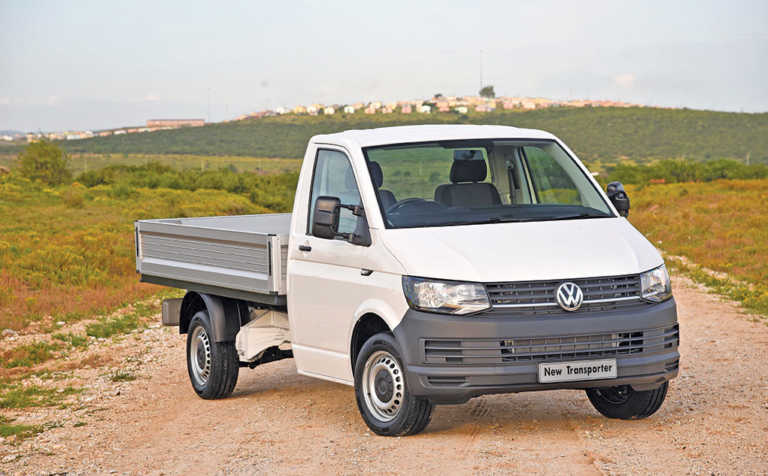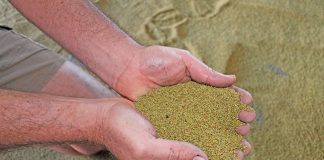
Photo: Quickpic
It is ironic that Volkswagen (VW), the company that the Allies could not give away after the Second World War, is currently the world’s largest motor manufacturer.
The headquarters of the VW group is in Wolfsburg, Germany. The group is indirectly majority-owned by the Porsche family whose major representative is Ferdinand Piëch, a grandson of Ferdinand Porsche.
The company was founded in 1937 in Berlin by the German Labour Front because Adolf Hitler wanted a cheap car that workers could afford. He asked Ferdinand Porsche to design a suitable car and the latter came up with the brilliant Beetle design.
The Porsche design office built a prototype and Mercedes-Benz built 20 more for test purposes. The car was released for production in 1938, but only a limited number were made before the war broke out.
The factory then produced the Jeep- like Kubelwagen (bucket-car in English) during the war years.
After the war, the Allies offered the ruins of the VW plant to the Americans, the French and the British. Each country sent engineers to look at the plant, but all turned down the opportunity. One US engineer said: ”What we have here isn’t worth a damn!”
Finally, the plant was revived by the British Army, who intended using the facilities to repair their vehicles, but they were persuaded by Major Ivan Hirst and Colonel Michael McEvoy to finance the start of vehicle production by ordering 20 000 VW Beetles for their fleet.
This was the spark the plant needed, and by October 1949 the factory was officially handed back to the German authorities. A US-trained ex-Opel engineer, Heinz Nordhoff, was put in charge, and he initiated the quality and sales policies that made the Beetle such a success.
A total of 21 529 464 Beetles rolled off the assembly lines before worldwide production finally stopped in 2003.
Audi, and expansion
In the early 1960s, the Auto Union group, which had made DKW, Audi, Wanderer and Horch cars before the war, got into financial trouble and was briefly acquired by Mercedes-Benz.
In January 1965, VW bought the company and went on to produce the first post-war Audi.
In August 1969, VW also bought the NSU company, which it merged with Audi. These purchases formed the nucleus of the expanding group’s activities.
At present, the group owns VW, Audi, Skoda, SEAT, Porsche, Lamborghini, Bentley and Bugatti cars, VW, Scania and MAN trucks, and Ducati motorcycles. Last year it manufactured more than 10 million vehicles.
The bakkies
Amarok
At present, the Amarok is available only as a double cab with a turbodiesel engine, either a 2,0-litre, four-cylinder, or a 3,0- litre, six-cylinder.
The unit in the two 2,0-litre Comfortline models develops 103kW at 3 500 rpm, and 340Nm at 1 600 rp m, but the other 2,0- litre models feature high-boost engines that develop 132kW at 4 000 rpm and 420Nm at 1 500 rpm. The manual models have six-speed gearboxes.
The 3,0-litre, V6 turbodiesel engine develops 165kW at 3 500 rp m, and 550Nm at 1 400 rp m. This is coupled to an eight-speed automatic gearbox.
Transporter
This is a bakkie version of the Kombi, powered by the 2,0-litre engine fitted to the Amaroks, but in detuned form. It comes in a single-cab and double-cab version, and has a low-boost engine that develops 75kW at 3 000 rpm, and 250Nm at 1 500 rp m coupled to a five-speed front-wheel-drive transmission.
The 4WD model has the same engine and manual transmission as the 4WD Amarok Comfortline, while the front-wheel-drive version is powered by the high-boost Amarok engine coupled to an automatic, seven-speed transmission.
Jake Venter is a journalist and a retired engineer and mathematician.











